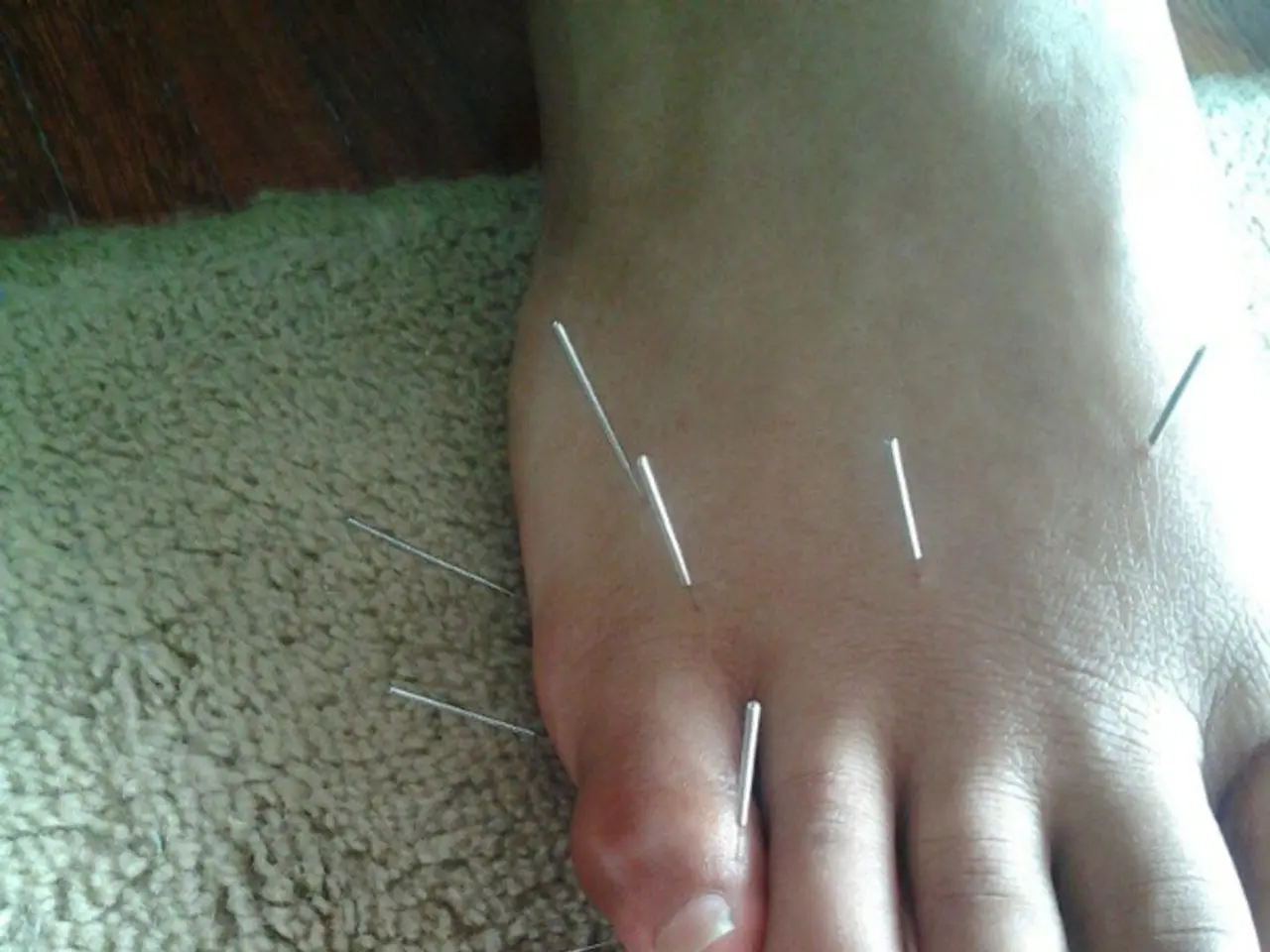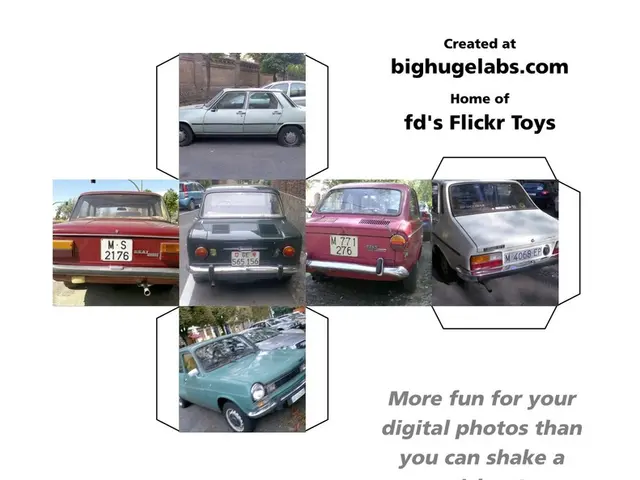Misconceptions About Varicose Veins: Debunking 7 Prevalent Misinterpretations
Varicose veins, those unsightly and sometimes uncomfortable bulges in the legs, are a common health concern for many adults. However, there are several misconceptions surrounding their causes and treatments. In this article, we delve into the facts about varicose veins, debunk common myths, and explore effective prevention strategies.
Firstly, it's essential to address a prevalent misconception: having family members with varicose veins does not guarantee that you will develop them. While genetics can play a role, only half of people with varicose veins have a family history of the condition [1].
So, what can you do to delay or lessen the appearance of varicose veins? Dr. Kathleen Boyle, a vascular surgeon, offers some insightful advice.
Regular exercise is key. Engaging in activities that improve circulation and strengthen calf muscles, such as walking, swimming, cycling, and yoga, helps pump blood back to the heart and supports vein health [1][2][3][4][5]. Maintaining a healthy weight is equally important as excess weight puts pressure on leg veins, increasing the risk [1][2][3][4].
Avoiding prolonged periods of standing or sitting is also advisable. Frequently changing positions, taking breaks to walk and stretch, and avoiding long periods of immobility promote proper blood flow [1][2][3][4][5]. Leg elevation, especially when resting, can significantly reduce venous pressure and swelling, aiding blood return [1][3][4].
Medical-grade compression stockings are another valuable tool, particularly for those at higher risk, such as pregnant women or people with standing jobs [1][3][4][5]. Eating a balanced diet low in sodium, rich in anti-inflammatory foods, and maintaining good hydration supports vascular health and may reduce fluid retention [1][2][4]. Wearing loose clothing around the waist, legs, and groin can prevent blood flow restriction [3].
While these lifestyle and supportive measures help minimize risk or progression, they may not entirely prevent varicose veins, especially if there is a genetic predisposition [2][3]. Following post-treatment guidelines, such as compression therapy and continued physical activity, is crucial to reduce recurrence after treatment [5].
It's also worth noting that varicose veins become more prevalent with age, and half of adults have them [6]. Some common myths about varicose veins include the belief that crossing legs causes them, wearing tight shoes or pants causes them, or that pregnancy causes them [7]. However, these are largely unfounded. External pressure does not cause varicose veins, but they can exacerbate existing ones [7]. Massage may help reduce swelling or discomfort from varicose veins, but it will not make them disappear [7]. Defective valves in your veins or weakened vein walls are more likely to cause varicose veins [7]. Pregnancy can exacerbate varicose veins but does not cause them. Varicose veins that become noticeable during pregnancy usually fade after delivery [7].
In conclusion, while genetics can play a role in the development of varicose veins, maintaining a healthy lifestyle and adopting preventative measures can significantly reduce the risk. Regular exercise, maintaining a healthy weight, avoiding prolonged periods of standing or sitting, leg elevation, wearing compression stockings, and following a balanced diet are all effective strategies for minimizing the risk of varicose veins.
Read also:
- Apparition's Significance and its Delivered Messages - as discussed by Sensenmann
- Explored the Popular Health Assessment with a Queue of 100,000 Aspiring Participants - Here's My Unadulterated Opinion
- Hearing impairment condition: Recognizing symptoms and management approaches
- Exploring Recurring Actions in Mature Individuals: An Analysis of Persistent Actions in Adults' Daily Lives








